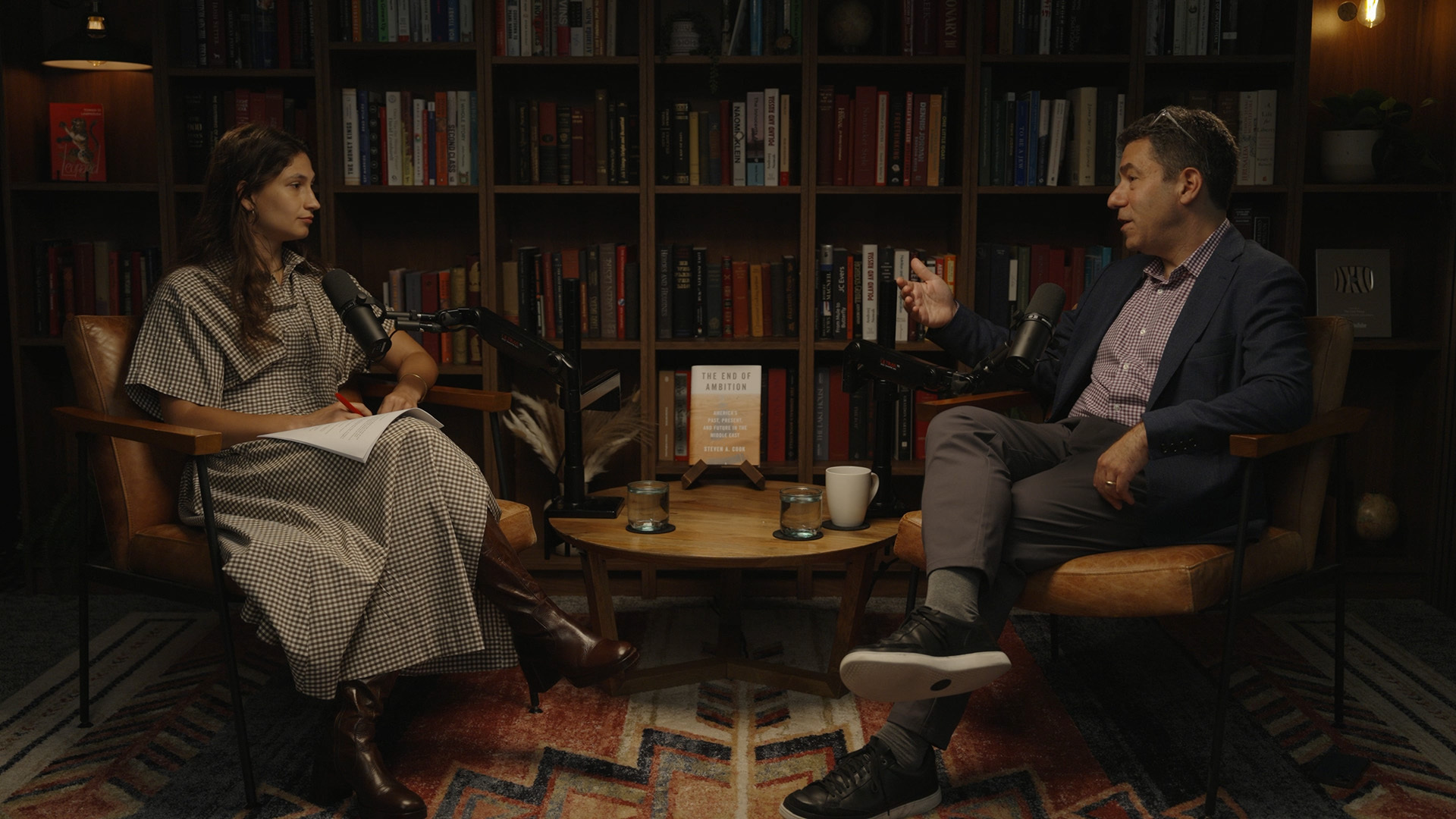Working it out: Is hybrid the future of work?
Before the pandemic, most office workers went into the office five days a week. During the pandemic, they mostly worked from home. So, when the pandemic eased, you might have expected that they'd go back to the office five days a week.
That's certainly what Jamie Dimon, CEO of JPMorgan Chase & Co., expected. Back in May 2021 he said, "We want people back to work. In my view, sometime – September, October – it'll look just like it did before."
As it turns out, the workers' rush back to the office fulltime never happened!
For his report "The Evolution of Working from Home," Steven Davis (a senior fellow at the Hoover Institution at Stanford University) and his coauthors surveyed 30,000 Americans about work, and what they said is: hybrid hits the sweet spot. "What they really like, most people, is working from home two or three days a week," Davis said. "Because that saves on the commute time, it gives them more time with kids and family, it gives them more personal autonomy on how they organize their day. Even things as small as, 'I can have the temperature at the temperature I like!' Most people really like [hybrid]. So, that kind of broke the norm."
- The Evolution of Working from Home (Institute for Economic Policy Research)
Of course, not all kinds of workers can work remotely. Even so, at this point about a third of Americans are working on a hybrid schedule, and that number is expected to grow as more employers go hybrid.
"We believe that the future of work is hybrid, for sure; that's gonna be the modern work style," said Kelly Steckelberg, chief financial officer of Zoom – yes, that Zoom, the company whose video chat software helped make remote working a thing in the first place.
The company now expects its own local workers to come into the office two days a week. Steckelberg said, "We have product and engineering, for example, come on Mondays and Wednesdays; sales and marketing come on Tuesdays and Thursdays. Because we don't have enough space any longer to host everyone at the same time."
Yes, Zoom is saving money on office space: "We have actually downsized our space during the pandemic. We closed some of our offices," she said.
Bringing the company's workers back after the pandemic even two days a week was an adjustment at first.
"We're all human, right? We don't like change," Steckelberg said. "Once they've been doing it for a few weeks, they remember how great it is to see their friends and colleagues in the office, and they like it more."
Of course, less time in the office means less time for new hires to learn the company culture, and less time to mentor younger workers. "You have to be a little bit more deliberate about that," Steckelberg said. "That's what we had to do during the pandemic. I would just schedule a 15-minute catch-up: 'Hey, how are you? How is your life going?' I make sure that I continue to schedule those video check-ins on a regular basis."
So, if the hybrid-work system is so great, how come we weren't using it before? One big reason: Technology – video apps like Zoom, messaging apps like Slack, and collaboration tools like Google Docs. Davis said, "If the pandemic had struck 20 years earlier, it would've been infeasible to have the same kind of shift to work from home."
Before the pandemic, there was also a stigma about working at home. How could bosses know that workers weren't just goofing off? Managers can install monitoring software on their remote workers' machines to observe what they're doing, but Davis points out, "Most workers dislike the intrusive quality that every keystroke, and where I'm looking on my computer screen, how often I'm sitting down, is being monitored. They dislike that! So, what works better is evaluating people under their performance, rather than trying to watch exactly what they do."
At Zoom headquarters, workspace executive Alana Collins showed Pogue some of Zoom's new products for hybrid work. There's an off-site receptionist, who can cover multiple floors, or even buildings; and there's a system for reserving a desk or a conference room on the days you come to work.
But "hybrid" doesn't always mean two days a week. There are many flavors of hybrid work. At the Ohio headquarters of Smucker's, the company famous for jams and jellies, CEO Mark Smucker has developed a hybrid version of hybrid. "We identify 22 weeks a year, and we say, 'We would like folks to try to be in-person those weeks,'" he said.
Generally, workers might be in the office three days a week, every other week. "We would like them to be in-person, at minimum, about 25%," said Smucker.
And the result? "Our attrition is down, and our productivity has improved," he said. "And folks really seem to like it. We been able to attract new talent from multiple geographies."
Geographies like San Francisco. Marketing executive Nicole Massey works from her West Coast home most days, but spends six days a month in Ohio. "I have my dream job; it's based in Ohio, working with people that I really like working with," she said. "But I have my dream life and my family in California."
Working hybrid, though, does take work. Massey said, "You have to really think about: What am I gonna do this week when I'm in the office? Or the reverse is: What am I gonna do when I'm remote? Because in order to get the best of both, you have to be intentional about it."
So: the hybrid employer gets improved morale; better productivity; lower real-estate costs; and the ability to hire from beyond the local area. The hybrid employee gets more time with family and community; less time commuting; and the ability to control the thermostat.
And the planet gains cleaner air, because less time commuting means less polluting.
Pogue asked, "This is starting to sound like a win-win for all parties. I mean, who loses in the hybrid arrangement?"
"Oh, there are some losers," said Davis. "If you go to downtown San Francisco, you'll see the losers."
It's true. In the top ten U.S. cities, office attendance is about half what it was before the pandemic. With so few people coming downtown, everything is collapsing: the price of real estate, tax revenues, and transit ridership. And think about all the restaurants, bars and hotels. Many have shifted schedules or even closed.
The last time America's work schedule shifted so dramatically was during the Great Depression, when Franklin Roosevelt signed the 40-hour work week into law. Now, after the upheaval of the pandemic, Stanford's Steven Davis is confident that the five-day in-person workweek is history.
"I think we're close to the new normal," Davis said of hybrid. "There's more choice for people now, and that's why it's a good thing. People have more flexibility, more personal autonomy in how they want to organize their lives."
For more info:
- Steven Davis, senior fellow, the Hoover Institution, Stanford University
- Working from Home Around the Globe: 2023 Report (WFH Research)
- Zoom
- Smucker's
Story produced by Anthony Laudato. Editor: Jason Schmidt.
See also:
- The Great Shift: How are all those "back to the office" plans going? ("Sunday Morning")
- Back to the office (maybe) ("Sunday Morning")
- On our agenda: Cutting down on meetings ("Sunday Morning")
- Martha Stewart on organizing your home office ("Sunday Morning")
- Background report: What does Zoom reveal about your house? ("Sunday Morning")
- How to live AND work at home without going stir crazy ("Sunday Morning")
- Working from home is here to say, latest job listings show






